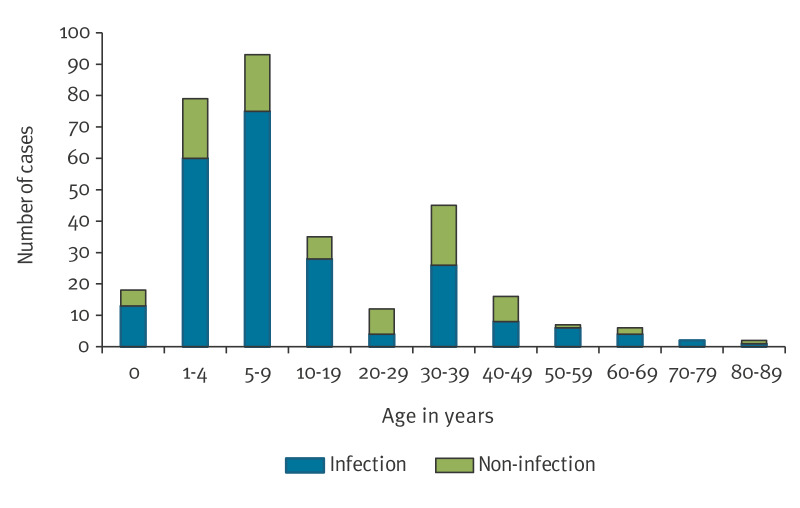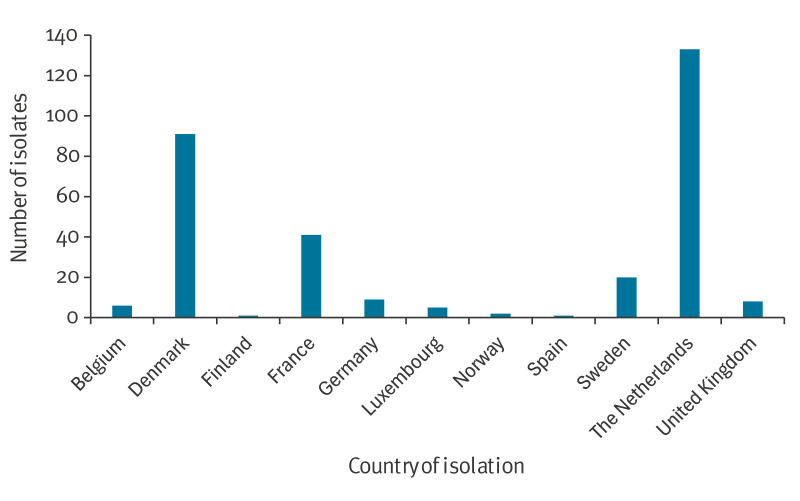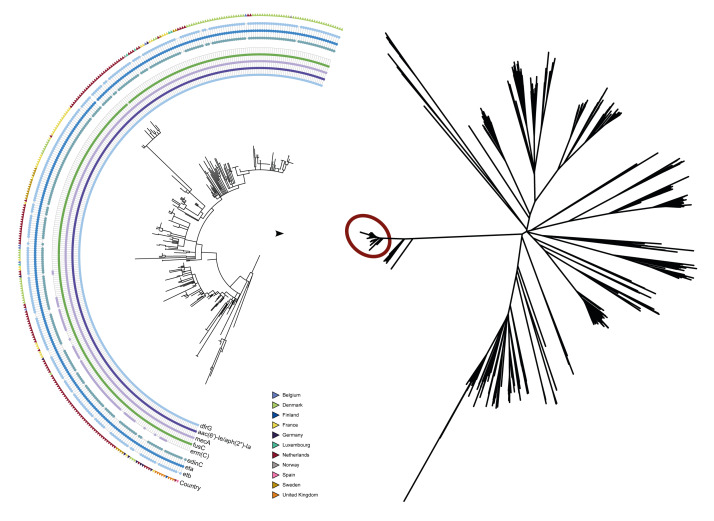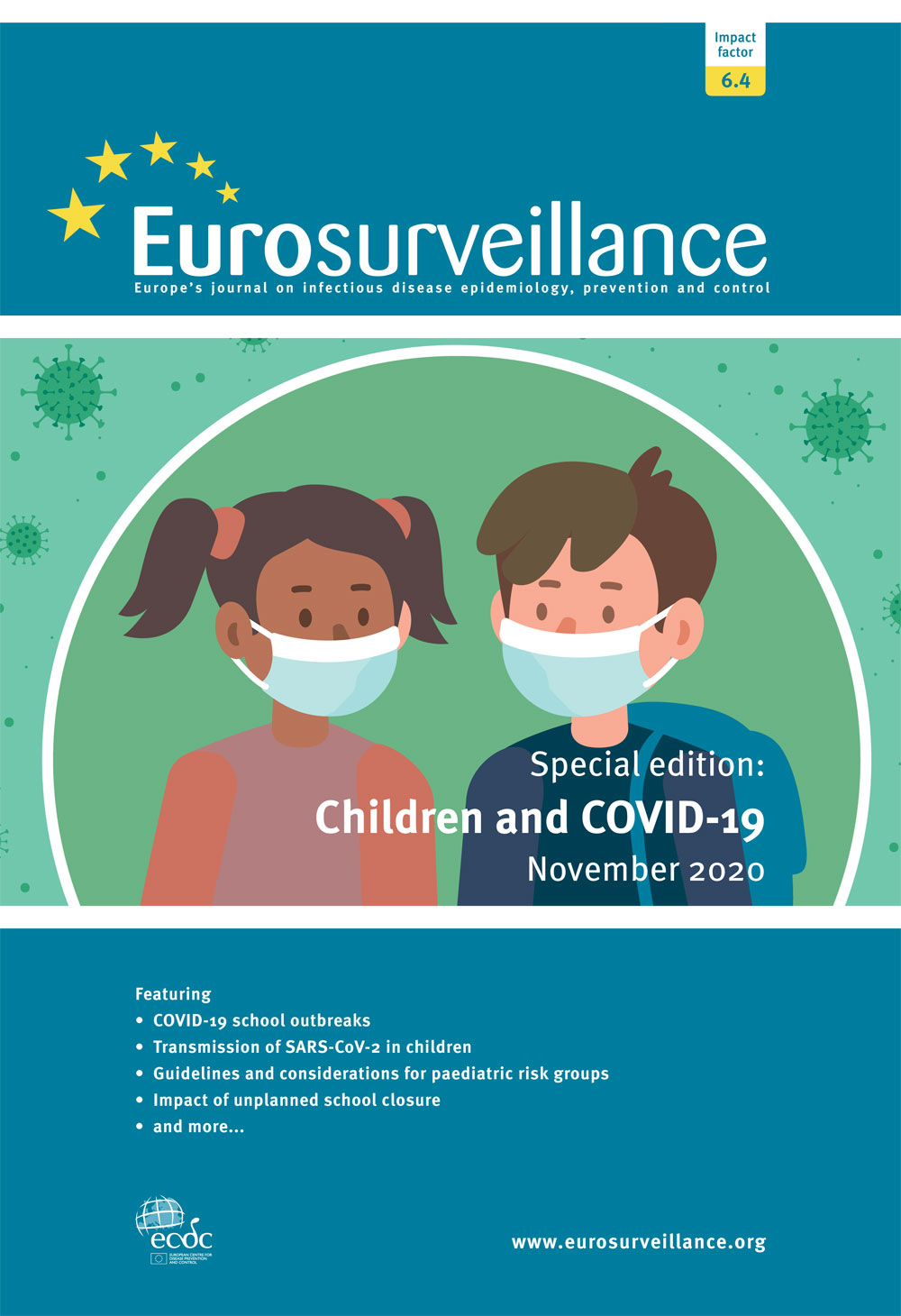FAR-MRSA克隆,一种耐夫西地酸和耐甲氧西林的金黄色葡萄球菌ST121, 2014年至2024年在欧洲的传播
IF 7.8
2区 医学
Q1 INFECTIOUS DISEASES
引用次数: 0
摘要
我们基于317株金黄色葡萄球菌的全基因组序列,描述了在欧洲广泛传播的耐夫西地酸和耐甲氧西林金黄色葡萄球菌(MRSA)克隆的遗传特征。克隆导致脓疱疮和其他皮肤和软组织感染,主要是在幼儿中。与公开获得的金黄色葡萄球菌ST121序列比较表明,该克隆与先前描述的ST121克隆明显不同。欧洲和其他国际读者应该意识到这种社区获得性MRSA克隆的出现。本文章由计算机程序翻译,如有差异,请以英文原文为准。



Spread of the FAR-MRSA clone, a fusidic acid- and meticillin-resistant Staphylococcus aureus ST121, Europe, 2014 to 2024.
We describe the genetic characteristics of a fusidic acid- and meticillin-resistant Staphylococcus aureus (MRSA) clone widespread in Europe, based on whole genome sequences from 317 isolates. The clone is causing impetigo and other skin and soft tissue infections, primarily in young children. Comparison with publicly available S. aureus ST121 sequences showed that the clone is clearly distinct from previously described ST121 clones. European and other international readers should be aware of the emergence of this community-acquired MRSA clone.
求助全文
通过发布文献求助,成功后即可免费获取论文全文。
去求助
来源期刊

Eurosurveillance
INFECTIOUS DISEASES-
CiteScore
32.70
自引率
2.10%
发文量
430
审稿时长
3-8 weeks
期刊介绍:
Eurosurveillance is a European peer-reviewed journal focusing on the epidemiology, surveillance, prevention, and control of communicable diseases relevant to Europe.It is a weekly online journal, with 50 issues per year published on Thursdays. The journal includes short rapid communications, in-depth research articles, surveillance reports, reviews, and perspective papers. It excels in timely publication of authoritative papers on ongoing outbreaks or other public health events. Under special circumstances when current events need to be urgently communicated to readers for rapid public health action, e-alerts can be released outside of the regular publishing schedule. Additionally, topical compilations and special issues may be provided in PDF format.
 求助内容:
求助内容: 应助结果提醒方式:
应助结果提醒方式:


